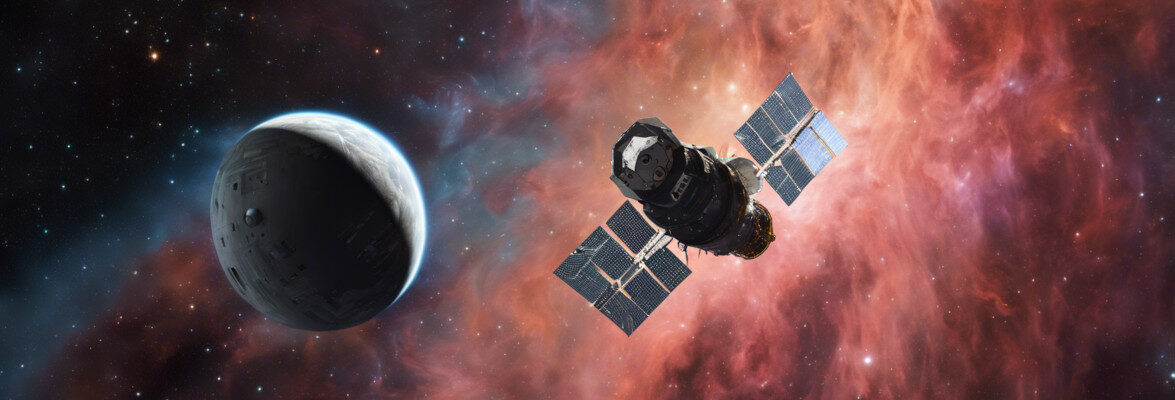
An article published in “The Astrophysical Journal” reports a study concerning a stellar nursery inside the RCW 49 nebula. A team of researchers coordinated by the University of Maryland used data obtained with the SOFIA flying telescope and combined them with others obtained with other instruments to obtain a 3D reconstruction of a gigantic structure of ionized hot plasma that is expanding around the open star cluster Westerlund 2. The main “suspect” behind that expansion is the star WR 20a.
Also known as Gum 29 or with other designations in various catalogs, the RCW 49 emission nebula is one of the brightest stellar nurseries. For this reason, it’s being studied with various instruments to try to examine the more than 300 newborn stars and protostars discovered within it. Some of these stars that are massive and therefore very hot and bright have been identified within an open cluster called Westerlund 2 present within the nebula.
Studying very bright stars is supposed to be easy but the Westerlund 2 cluster is very young and still full of interstellar dust that blocks many electromagnetic frequencies. This problem in studying it created some doubts about the structures present in the area: for example, some studies suggested that there were two plasma bubbles around this cluster. The SOFIA (Stratospheric Observatory for Infrared Astronomy) flying telescope can detect infrared emissions that pass through dust, useful in the search for a certain answer.
Adding valuable observations from the SOFIA flying telescope to the existing ones, the researchers concluded that there’s a single plasma bubble around the Westerlund 2 cluster. Maitraiyee Tiwari, postdoctoral researcher at the University of Maryland’s Department of Astronomy and lead author of this study, explained that, during the formation of massive stars, ejections of protons, electrons and heavy metal atoms occur that are very powerful compared to the Sun’s. Those ejections are called stellar winds, and extreme stellar winds can create and shape bubbles in the clouds of dense, cold gas that surround them.
The plasma cloud observed around the Westerlund 2 cluster is the result of extreme stellar winds. By measuring the radiation emitted across the entire electromagnetic spectrum, it was possible to create a 3D image of this bubble at a much higher resolution than in the past. The far infrared emissions coming from a specific carbon ion present in the bubble and detected by the SOFIA flying telescope were among the most important.
The bubble analysis offers evidence of new star formation in the envelope region of this bubble. The data suggest that, during its expansion, the bubble broke open on one side, releasing hot plasma and slowing the expansion about a million years ago. Later, between 200,000 and 300,000 years ago, the star WR 20a was born, whose stellar wind gave new vigor to the bubble’s expansion.
The researchers intend to apply their method to other bright clusters and hot gas bubbles to reconstruct their shape in detail. It’s a work conducted within the NASA-supported FEEDBACK program, based on observations conducted with the SOFIA flying telescope. The excellent results obtained studying the RCW 49 nebula offer the hope of obtaining new information on other star-forming regions. Studying newborn stars and protostars and the environment around them helps to understand the processes taking place, which include the scattering into interstellar space of materials that can contribute to the formation of new planets.

